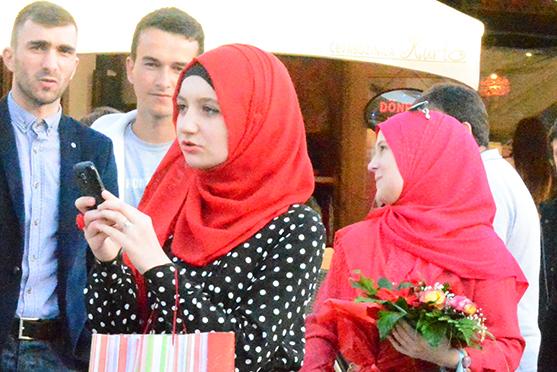For most people, the word “Bosnia” conjures up memories of the heart-breaking footage during the 1990s Bosnian War. And beyond that, most people know little else about this mysterious country.
That’s why visiting the ethnically diverse Bosnia and Herzegovina is bound to be an eye-opening experience. Situated in southeastern Europe, this exotic land is 40 percent Muslim, 31 percent Orthodox, and 15 percent Roman Catholic.
The landscape of Bosnia and Herzegovina is embellished with mountainous terrain, medieval villages, and Muslim and Christian architecture.
Sarajevo is a fascinating city to visit. Be prepared to be blown away by this ethnically diverse city and its friendly people!





